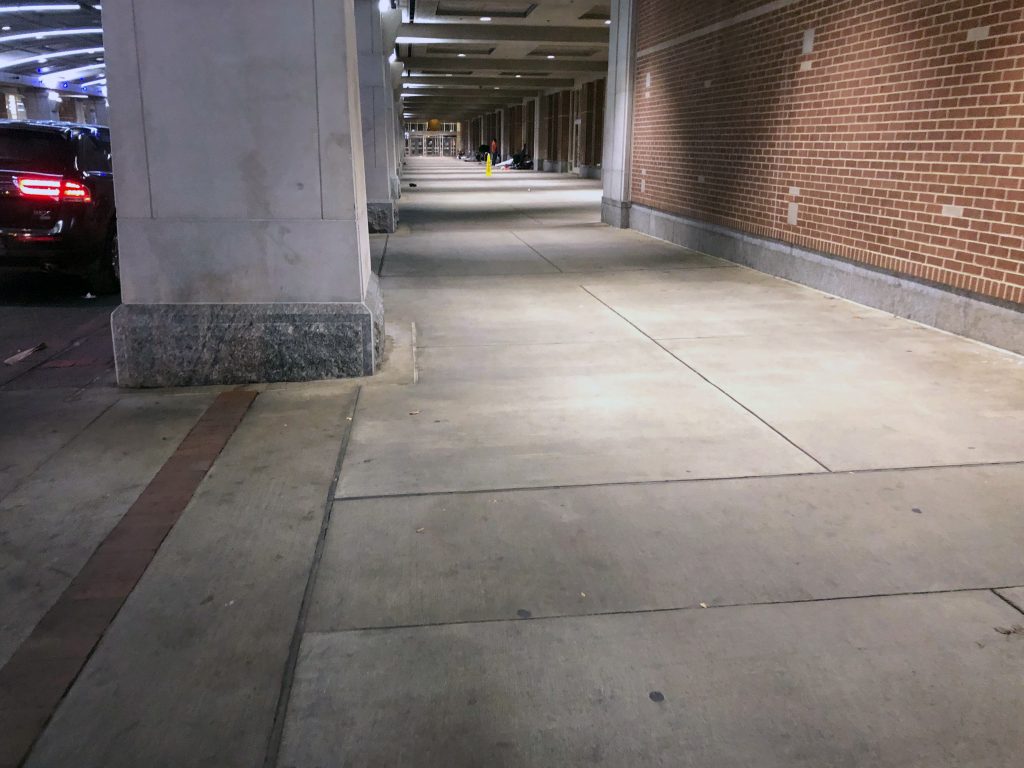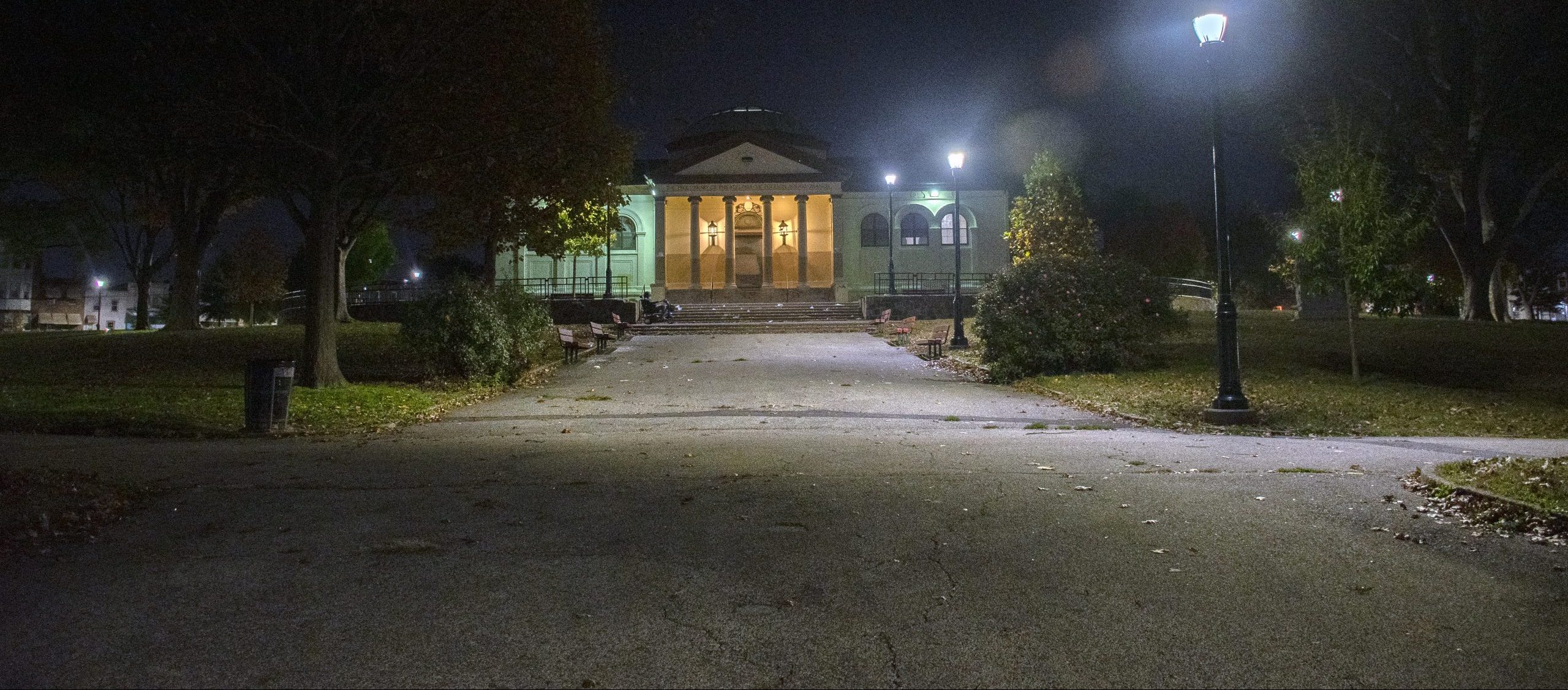By Bryan Gallion and Julia Lerner
Published July 13, 2020
Philadelphia was plagued by two epidemics in 2017: Opioid addiction and homelessness. Eighty-eight percent of the more than 1,200 drug overdoses involved opioids that year, according to city data, and about 900 people slept on the streets that summer.
These issues hit the Kensington neighborhood especially hard. It became the city’s epicenter for illegal opioid activity as use of the drug became a public health emergency. By the spring of 2018, four homeless encampments existed in the community’s underpasses.
Of the 169 campers who participated in a University of Pennsylvania study, 94% reported substance use and 73% said opioids were their choice drug.
Instead of allowing these epidemics to worsen alongside each other, Philadelphia addressed them as intertwined crises.
A pilot program that started in April 2018 cleared two of Kensington’s encampments. While some cities close tent communities with little notice or support, Philadelphia’s initiative included a 30-day period in which campers were offered easier access to drug treatment as well as shelters that let them come and go freely and store their belongings. Moreover, they didn’t have to be sober to sleep there.
Despite lowering the barriers for service, “housing options were not available in sufficient quantity” to permanently get everyone off the streets, said Dennis Culhane, a University of Pennsylvania social policy professor who was part of a team that independently assessed the pilot program.
Outreach workers met with 256 encampment residents during the pilot, the Penn study found. About half of them accepted treatment services or housing, mostly in temporary shelters.

“People were concerned about being too far from their drug supply and getting dope sick without being able to treat that with more drugs,” Culhane said.
Nongovernmental organizations like Prevention Point Philadelphia recognized these concerns and worked on alternative solutions in Kensington, providing support through clean needle exchanges and shelter beds with few rules.
Before the arrival of the coronavirus, Prevention Point, a nonprofit, provided 80 emergency shelter beds across two locations in Kensington. They sought to serve people who were homeless or addicted and didn’t require them to be drug-free before entering the shelters’ doors.
During the pandemic, in order to maintain social distancing guidelines, it reduced its capacity by almost 20% — from 80 people to 65 — and opened a temporary third shelter for additional bed space. It also reduced its hours from 24 hours a day to 15.
Even with more limited operations, Prevention Point offered a mailing address, case management and a legal clinic, among other services.
“The encampments were useful, frankly, in that they were a concentrated place that we knew people would be and where we could provide services to people efficiently and easily in a large community,” said Kate Perch, Prevention Point’s director of homeless services.
Homelessness and opioid use persisted after the first two encampments’ closures. So in October 2018, Mayor James Kenney signed an executive order that became known as the “Philadelphia Resilience Project.”
Thirty-five city departments, agencies and offices joined forces to address the street homelessness and opioid use that plagued Kensington and other areas of Philadelphia. Incorporating lessons from the Kensington pilot project, they operated on a “harm-reduction” philosophy, which lowered barriers to treatment and housing.
One of the Resilience Project’s goals was to close the rest of Kensington’s encampments. Taking what it learned from its encampment closure pilot program, the city said it adjusted its approach to homeless outreach and substance use treatment when shutting down the other two.
Philadelphia deployed mobile services to Kensington that didn’t require preauthorization or identification, often the biggest barriers to receiving medical assistance, according to Liz Hersh, director of Philadelphia’s Office of Homeless Services.
In some cases, people on the street were able to start using Naloxone, a medication designed to alleviate opioid withdrawal symptoms.
“Usually medical systems will require you to go to them,” Hersh said. “They don’t come to you and say, ‘We want you to get well.’ But that doesn’t work with people who are addicted to opioids.”
While some singular tents remain, all four major Kensington encampments were closed by January 2019. None have reappeared.
“And we’re really dedicated to make sure it doesn’t happen again,” Hersh said.
Lead Photo: McPherson Square in Kensington, Philadelphia, is home to a library and a playground. It’s often referred to as “Needle Park.” During the day, young kids run around the park. In the evening hours, though, individuals use the streetlights and benches as safe places to inject. (Julia Lerner/University of Maryland)






